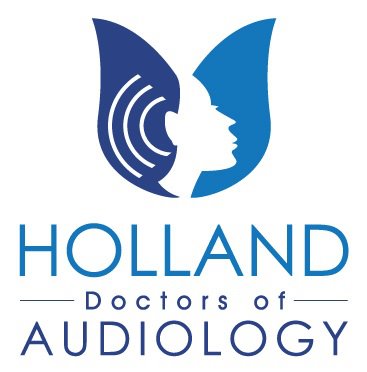Why an Audiologist?
Doctors of Audiology are the medical professionals who diagnose and manage hearing loss, tinnitus, and balance disorders. Going beyond basic hearing testing our Doctors, determine functionality of different parts of the ear to discern the type and degree of hearing loss experienced by the patient, their speech discrimination ability in quiet and noise, as well as the best course of treatment. Our Audiology tests take place in an extra large calibrated soundproof room to ensure best results without feeling claustrophobic. These tests are not invasive, do not cause any pain to the patient, and can take anywhere from 30 to 90 minutes. Our Doctors have 40 years of combined experience!
Speech & Loudness
WHAT WERE TESTING
Several Speech Discrimination and Word Understanding tests will be performed, as needed, including: Spondee Testing, Speech Reception Thresholds, Suprathreshold testing, Dichotic, NU-6, CID, W-22, Maryland CNC, VA-DOD testing. When appropriate, we also perform Speech In Noise testing (QuickSIN, SPIN) and Acceptable Noise Level tests. Loudness Discomfort Limits can be assessed for tones and noise stimuli. All Speech testing materials use computer recorded speech. For some Pediatric patients, and when appropriate, our Doctors also use Monitored Live Voice testing.
Eustachian Tube Testing
What We’re Testing
The Eustachian tube connects the middle ear space to the throat. In some cases, this tube may become filled/blocked and cause pressure or discomfort. During Eustachian tube testing, the audiologist will place a small probe in the ear to measure pressure. You may be asked to swallow, open your mouth, or blow your nose to examine how different conditions affect ear pressure. The process takes just a few minutes and does not cause any discomfort for most patients.
Otoacoustic Emissions Testing (OAE)
What We’re TESTING
OAE testing focuses on the function of inner ear hair cells. This test requires no participation on the part of the patient, who is simply asked to be still and remain quiet within a sound booth. Small microphones are placed into the patient’s ears and play a series of soft clicks or tones. Hair cells are receptors that receive sounds and transform them into a nerve signal that is sent to the brain to be processed as sound. The OAE test determines hearing ability very quickly and easily and is often used with newborns, cancer patient monitoring, and to determine nerve damage even before significant hearing loss can be measured.
Tinnitus Testing
How we’re Testing
Tinnitus testing starts with an examination of the patient’s head, jaw, and neck; you may be asked to move your head, clench your jaw and the Doctor may apply gentle pressure and assess range of motion, if necessary for the examination. Next, a comprehensive hearing test (link to section) will determine possible auditory dysfunctions in the outer middle and inner ear. For some high-frequency tinnitus, an extended high-frequency test (link to section) may be performed. Our Audiologists may also assess the frequency and loudness of your tinnitus and try different sounds to see which are better to cover-up (“mask”) your tinntitus. Determining the underlying cause of the condition, whether it is muscular, vascular, or blockage within the auditory system may also require collaboration with other professionals. As needed, referrals to other specialists and an MRI or CT scan may be requested.
To learn more about management options, see our tinnitus page.
Ultra High Frequency Audiometry
What we’re Testing
While standard frequencies are most typically used (250Hz to 8,000Hz) testing ultra-high frequencies (8-20,000Hz) is clinically important for younger patients, musicians, chemotherapy patients, and for tinnitus assessment.
Industrial Hearing Conservation
What we’re Testing
Our Doctors can perform OSHA, Mi-OSHA, NIOSH, and other specialized testing that conforms to industrial standards. Our extra large, handicap accessible sound booth is ANSI-spec certified.
